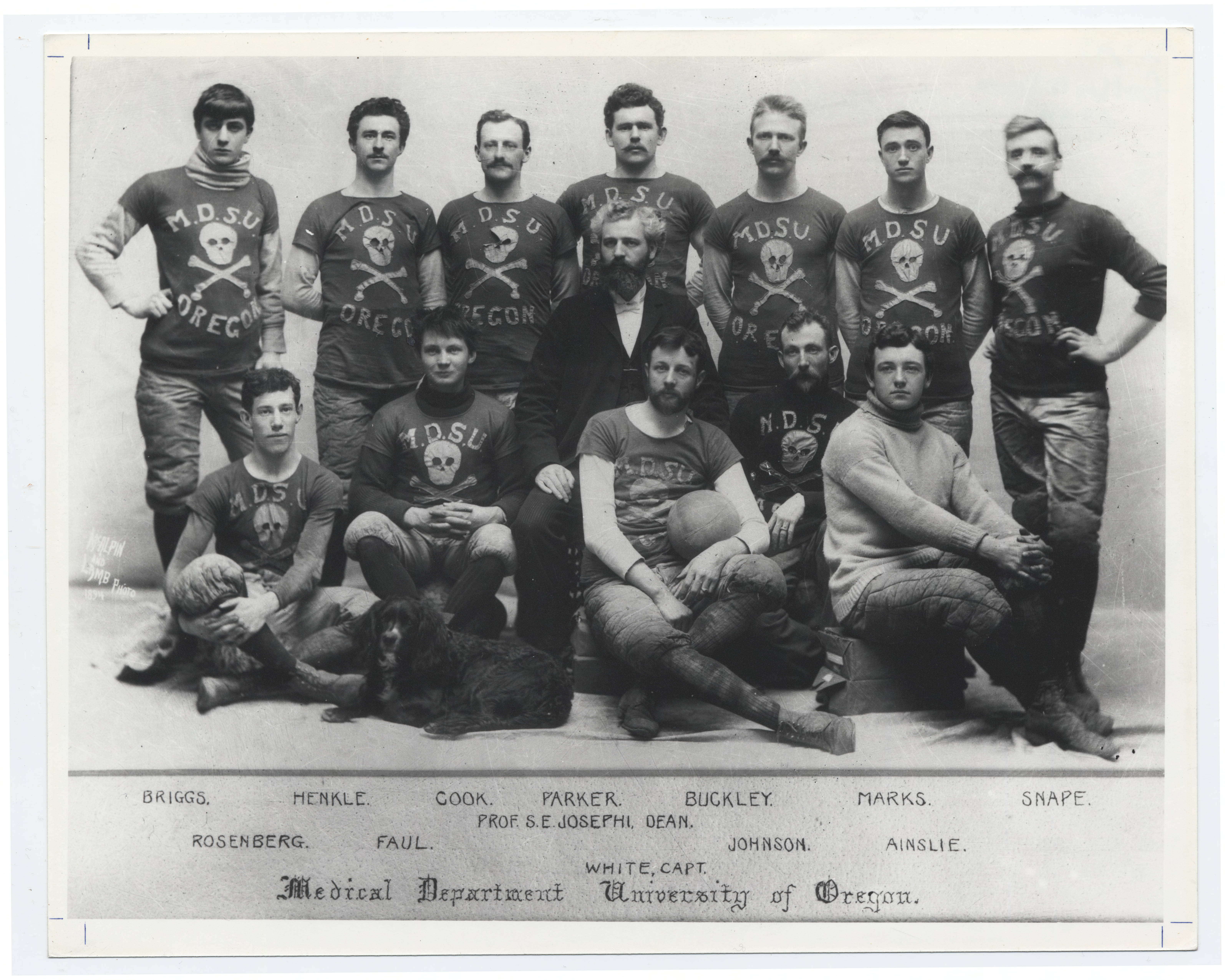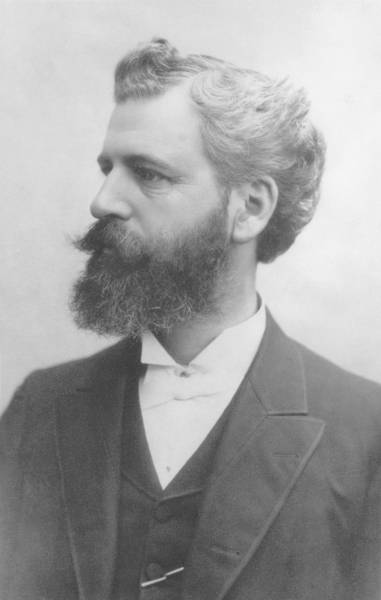Simeon Josephi was the leader of the medical profession in Oregon for more than fifty years, from about 1880 to 1930, and he lived in Portland for most of that time. Josephi played an important part in organizing the University of Oregon Medical Department and became its first dean in 1887 as well as professor of nervous and mental diseases. He was head of the institution for twenty-five years, retiring as dean emeritus in 1912.
Josephi was born in New York City, where he received his general education and gained some experience in bookkeeping. When he was eighteen years old, he went west to visit his brother, who was operating a wholesale jewelry business in San Francisco. While there in 1867, he met Dr. A.M. Loryea, a proprietor with Dr. James C. Hawthorne of the Oregon Hospital for the Insane in Portland.
After he arrived in Portland in the winter of 1867, Josephi began work as a bookkeeper at the hospital, located on the east side of the Willamette River. After eight years, during which he attended to the business affairs of the institution and engaged in banking enterprises with Dr. Loryea, Josephi decided to study medicine. He entered the Toland Medical College in San Francisco in 1875 and graduated in 1877.
Returning to Portland, Josephi became an assistant physician at the hospital—which by then was owned entirely by Dr. Hawthorne, his old friend and preceptor—where he gave his attention to nervous and mental diseases. Hawthorne died in 1881, and Josephi succeeded him as superintendent of the hospital. He continued in that position until the hospital was closed in October 1883, when the state opened its own hospital in Salem to care for the state’s mentally ill patients.
Josephi branched out into general practice and was named professor of obstetrics at the Willamette Medical School. In 1885, he was appointed superintendent of the state Oregon Insane Asylum in Salem. He resigned after a year because of political differences and returned to Portland to resume his general practice.
Josephi’s unsuccessful attempt to regain his post at Willamette appears to have sparked the beginnings of the University of Oregon Medical School. Several of his colleagues at the school resigned in protest and, together with Josephi, petitioned the University of Oregon Board of Regents to establish a medical school on the grounds of Good Samaritan Hospital. The new school opened in 1887, and Josephi was named its first dean and professor of nervous and mental disease. The fledgling medical school continued to grow, first in an abandoned grocery store and finally with its own building across the street from Good Samaritan Hospital.
Josephi served as first president of the Portland Medical Society and the Portland Academy of Medicine and was treasurer of Good Samaritan Hospital for thirty-six years. He also was elected for two terms as state senator from Multnomah County, when he introduced bills to establish the State Board of Health.
Josephi died in 1935 and is buried at Lone Fir Cemetery. The Doctor in Oregon reported at his death: "No one has affected the medical profession of Oregon more strongly than he through his high character and unselfish devotion to medical education. Few men have served their state so well, as citizens who sought first the public good."
-
![]()
University of Oregon Medical School football team, 1894. Simeon Josephi is sitting amongst the players.
Courtesy Oregon Health & Sciences University Digital Collections
-
![]()
Simeon E. Josephi, M.D., c.1890.
Courtesy Oregon Health & Sciences University Digital Collections
Map This on the Oregon History WayFinder
The Oregon History Wayfinder is an interactive map that identifies significant places, people, and events in Oregon history.
Further Reading
LaBarre, Mary. Through Brush and Briar: The First 100 Years, Good Samaritan Hospital & Medical Center. Portland, Ore.: Artline Printing Co., 1975.
Larsell, Olaf. The Doctor In Oregon: A Medical History. Portland, Ore.: Binfords & Mort, 1947.


